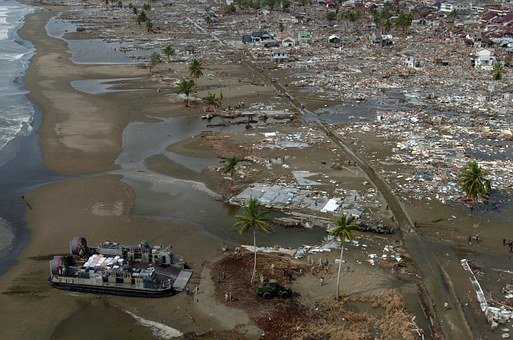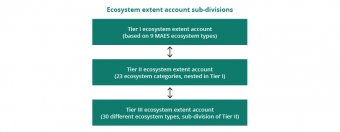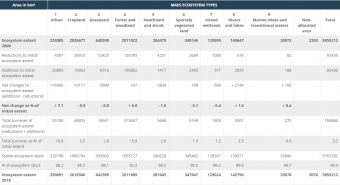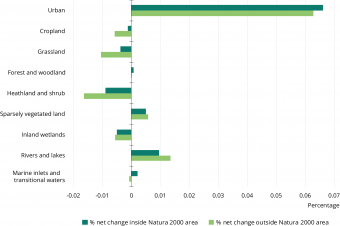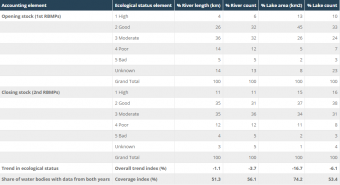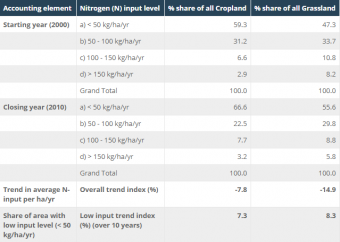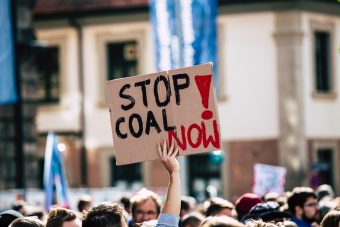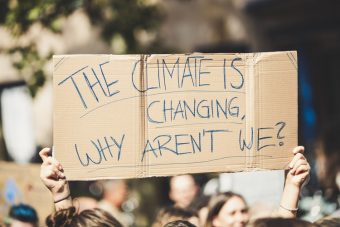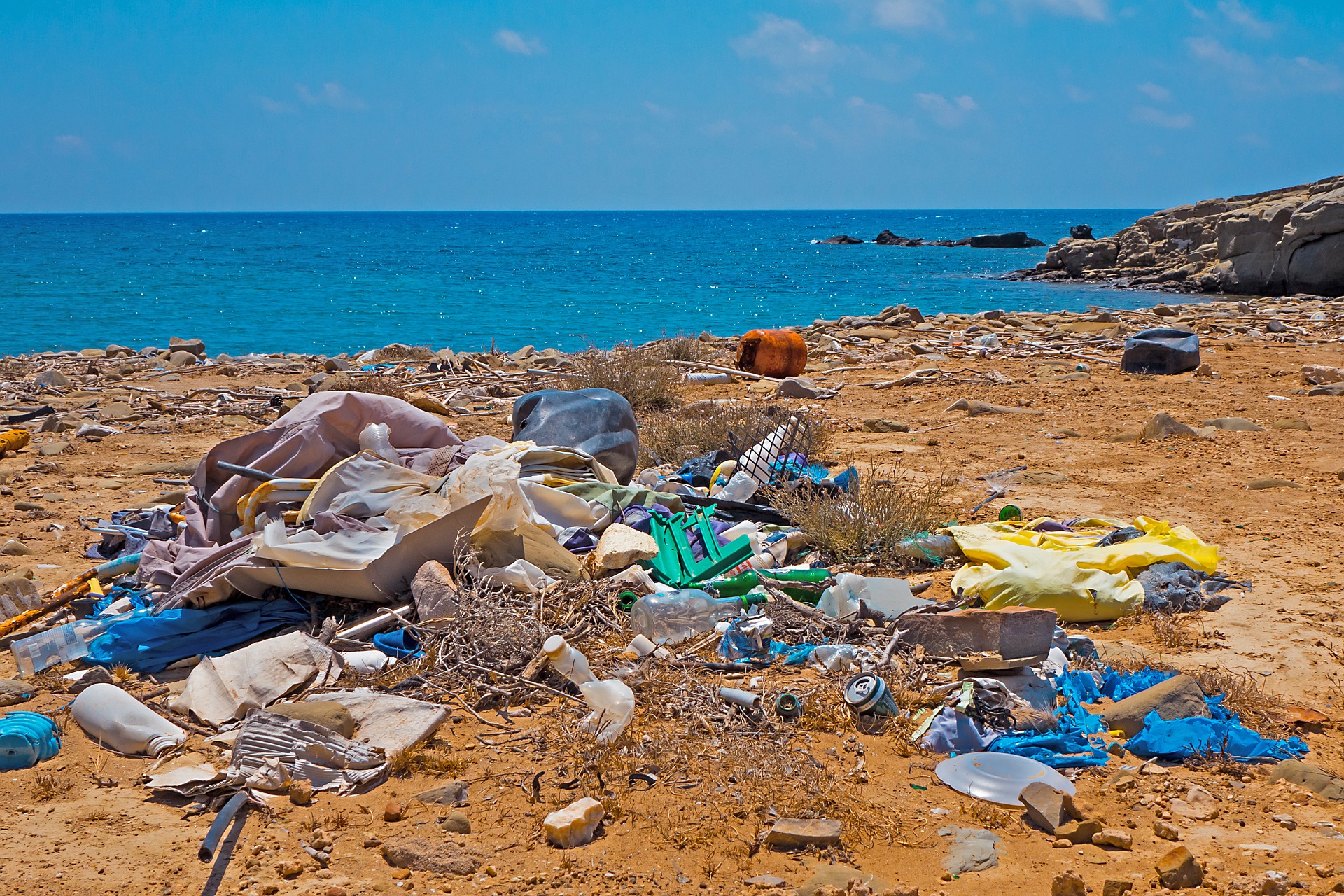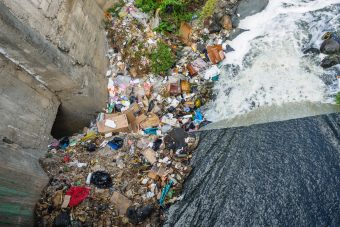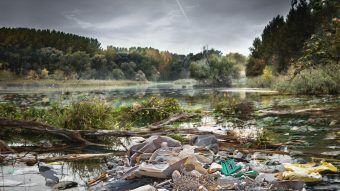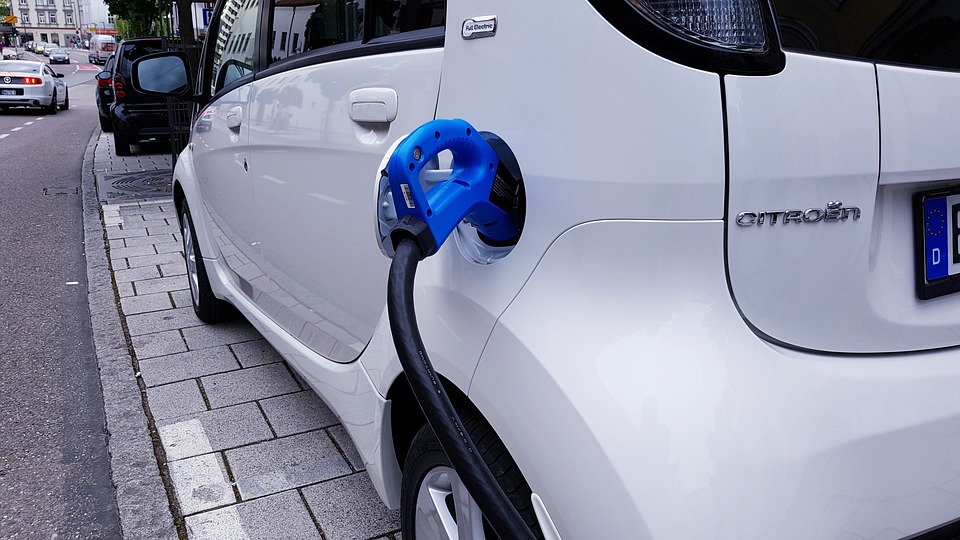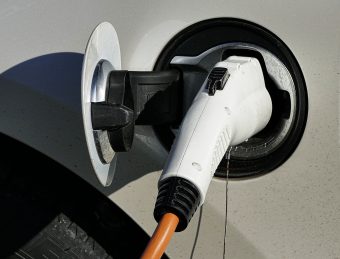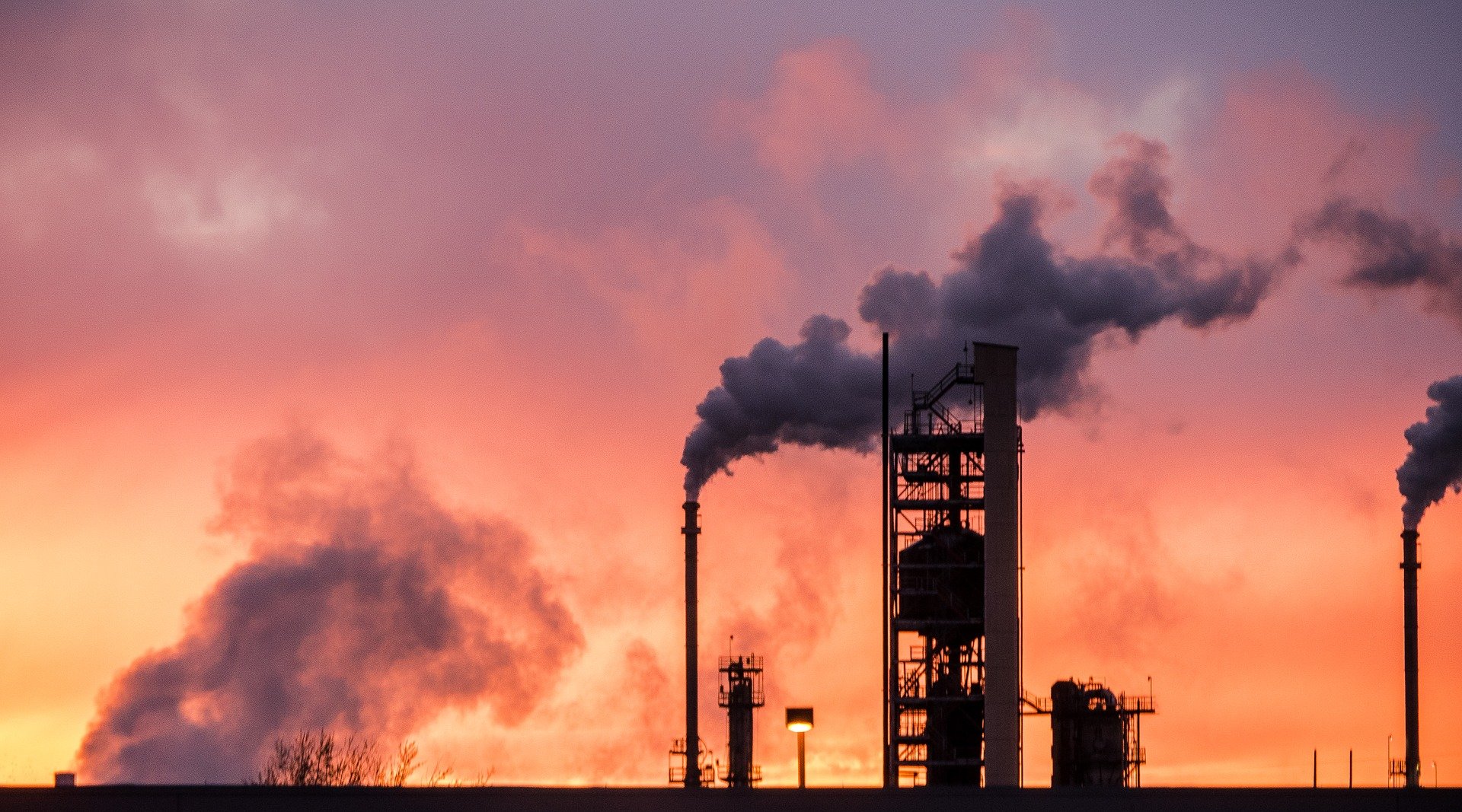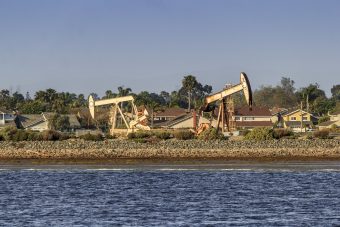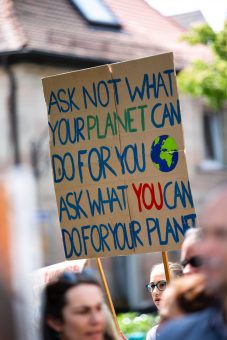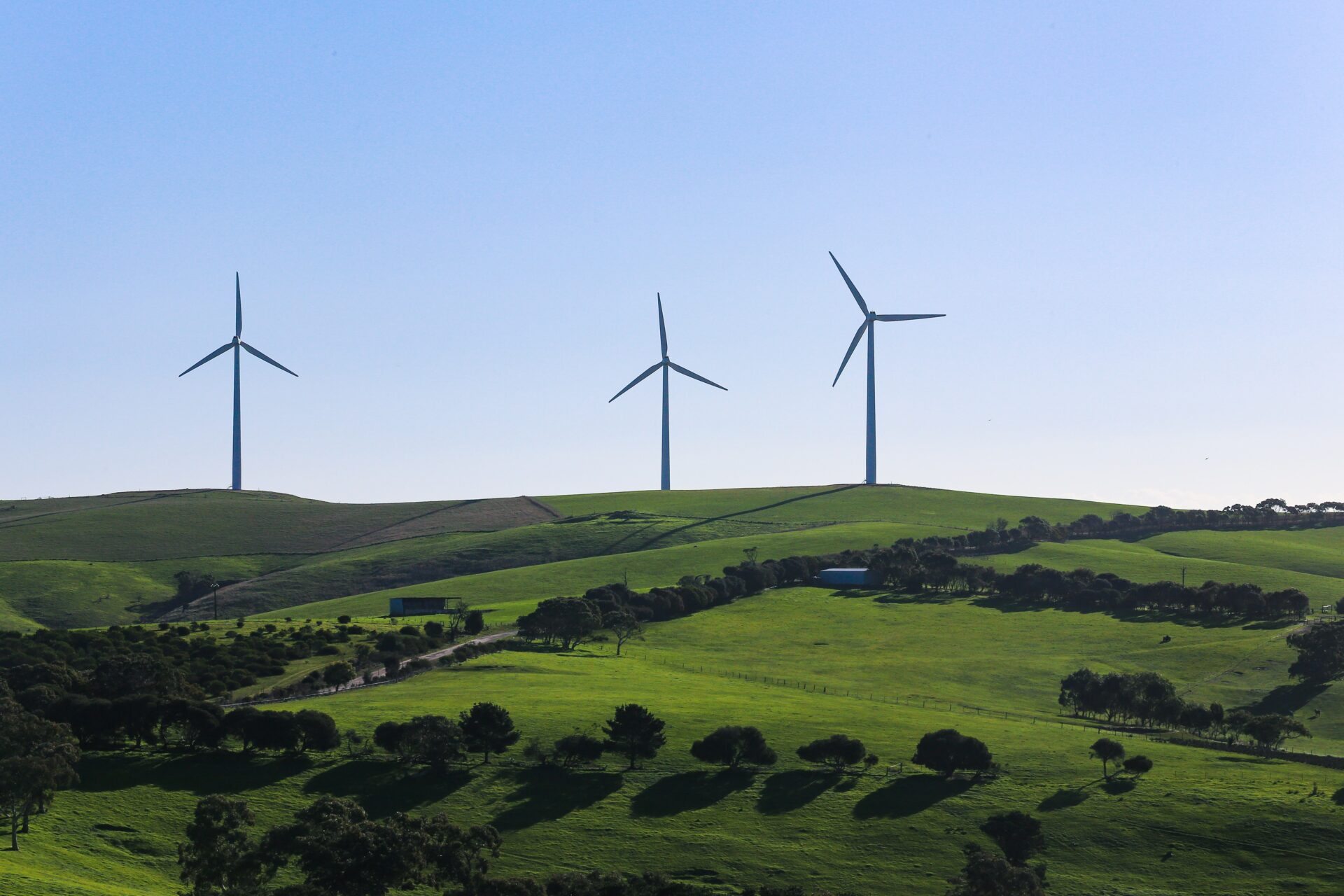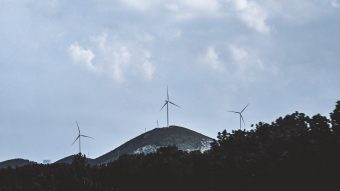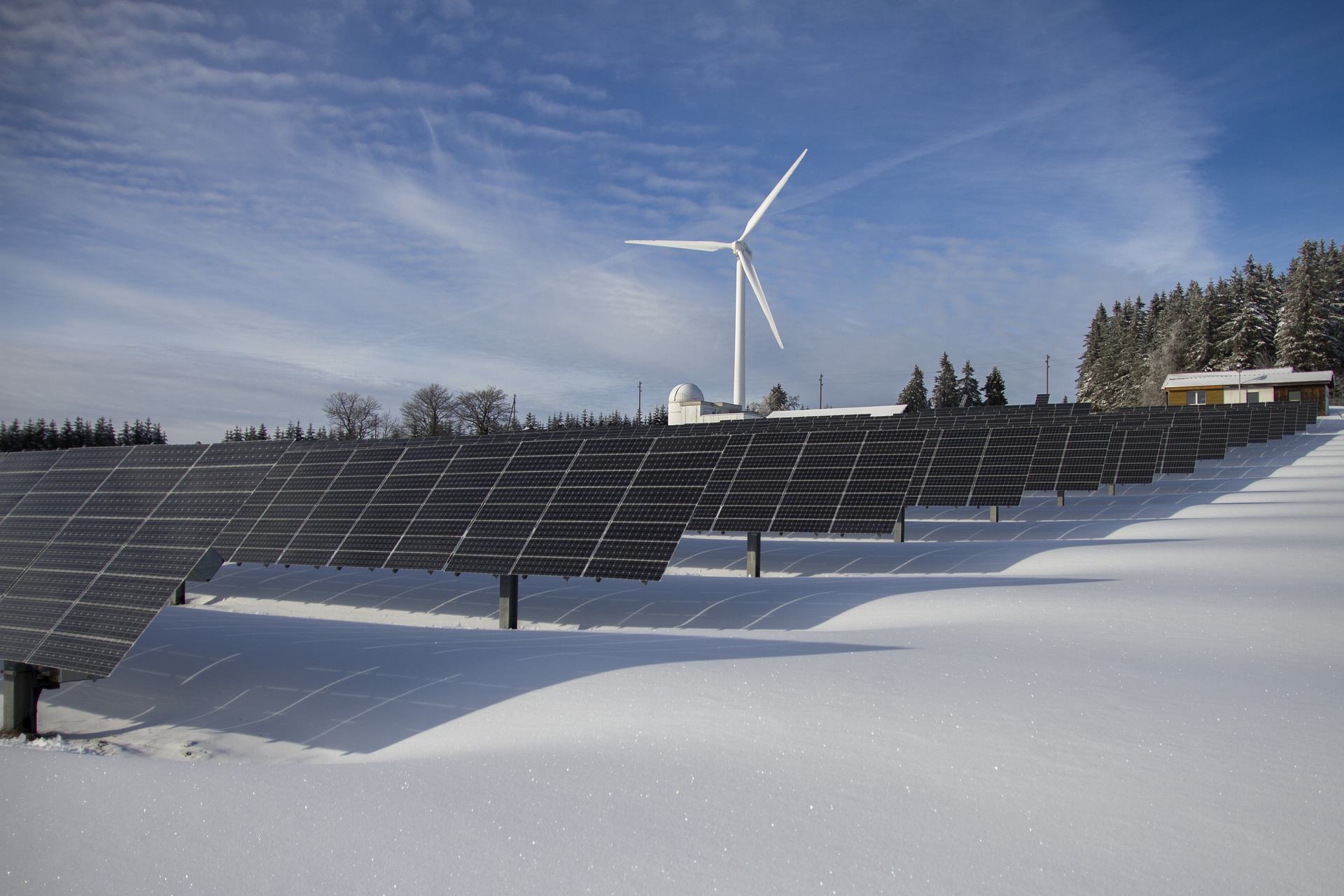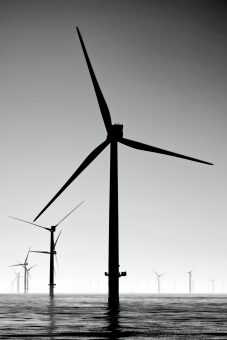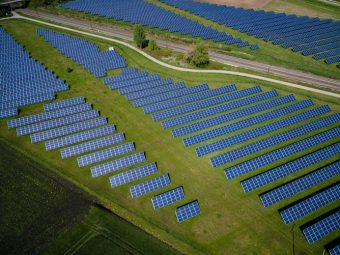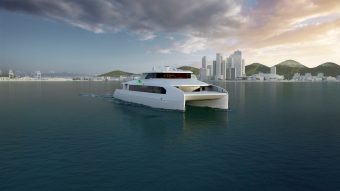
The new ferry represents the first commitment by South Korean authorities to a plan which will see 140 state-owned conventionally powered vessels replaced with those operating on cleaner alternatives by 2030, in line with environmental legislation.
Sustainable transportation, including marine vessels, will play an important role in South Korea’s plan to achieve net-zero emissions by 2050, set out in the country’s Green New Deal, announced in 2020.
As the first system integrator chosen to support this initiative, ABB will deliver an end-to-end electric power and propulsion solution for the twin-hulled ferry, which is due for delivery in 2022. The 40-meter catamaran ferry will have the capacity to carry up to 100 passengers and five crewmembers and will operate between Busan’s North and South ports, taking about one hour to complete a return journey with an average operating speed of 13 knots (24 km/h). Financial details of the contract were not disclosed.
More:
Busan-based shipbuilder Haemin, which specializes in lightweight environmentally-friendly vessels, and ABB have also signed an agreement to collaborate on further vessel projects in the future.
“We are truly proud to have been chosen as technology supplier for the first vessel in

’s clean fleet renewal scheme,” said Juha Koskela, Division President, ABB Marine & Ports. “Our agreement with Haemin represents a major advance in the local market, supporting South Korea’s plans for sustainable shipping, as part of our strategy for reducing global vessel emissions. Sustainability is a key part of the value that we create for all of our stakeholders and the new partnership with Haemin is an example of how we enable a low-carbon society and help preserve resources.”
“Being commissioned to build the first ever fully electric vessel for the South Korean market is a great honor,” said Hyeong-seok Oh, CEO, Haemin Heavy Industries Co., Ltd. “We are looking forward to working with ABB, whose proven technologies and long presence in South Korea are a key part of this landmark project.”
The ferry will be powered by two 1,068-kWh battery packs, which will provide a clean and flexible energy source for the ferry’s journeys. The batteries will provide enough power for the ferry to complete up to four return journeys before charging from shore during the vessel’s overnight stops. ABB’s Onboard DC Grid™ power distribution system will ensure that the battery output is delivered to the vessel’s subsystems in the most optimal way, while ABB’s Power and Energy Management System (PEMS™) will control the overall power distribution, increase fault tolerance and provide a high degree of reliability.
Once in operation, the ferry will be remotely monitored and supported by experts from ABB’s global network of ABB Ability™ Collaborative Operations Centers. Remote support and connectivity, together with advanced data analytics enabled by the ABB Ability™ Remote Diagnostics System, will further enhance the vessel’s operational safety and ensure optimal performance, while helping to promptly detect and correct faults on board.
The global ferry industry, which, according to trade association Interferry, is responsible for transporting over 2 billion passengers annually is under pressure to reduce its carbon footprint. ABB’s electric propulsion technology will mean Busan Port Authority’s new ferry immediately achieves the International Maritime Organization’s global target to cut annual emissions by at least 50 percent by 2050 from 2008 levels.

Electrification is widely considered as one of the key solutions for reducing ferry emissions worldwide. According to data from the Maritime Battery Forum, over 130 battery-powered ferries are in operation, with more than 90 on order. ABB is well advanced in ferry electrification, supporting leading ferry operators such as P&O Ferries, Washington State Ferries and others in their advances for achieving sustainable operations.
ABB (ABBN: SIX Swiss Ex) is a leading global technology company that energizes the transformation of society and industry to achieve a more productive, sustainable future. By connecting software to its electrification, robotics, automation and motion portfolio, ABB pushes the boundaries of technology to drive performance to new levels. With a history of excellence stretching back more than 130 years, ABB’s success is driven by about 110,000 talented employees in over 100 countries. www.abb.com
Source: ABB



